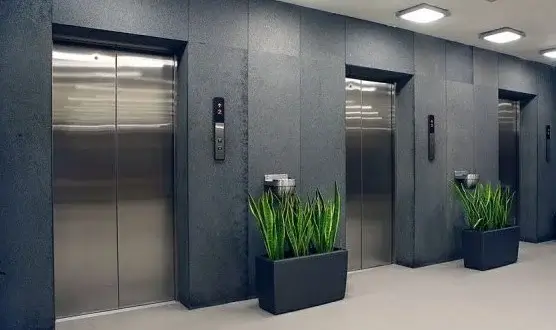Elevators are an integral part of modern multi-story buildings, providing efficient and convenient vertical mobility. However, to ensure maximum efficiency and minimize waiting times, an effective elevator dispatch system is necessary. In this article we will look at the key aspects of elevator dispatching, its importance for everyday life and innovative technologies aimed at optimizing this important aspect of modern buildings.
Major problems in elevator management
One of the main problems in elevator management is suboptimal resource allocation, which leads to increased waiting times and a decrease in overall productivity. As cities grow and taller buildings are built, efficient elevator management becomes even more critical.
Principles of Elevator Dispatch
Elevator dispatch is a system that determines which elevators should be dispatched. to which floors depending on various factors such as current load, direction of movement, time of day, etc. The key goal of dispatch is to minimize waiting time for passengers and optimize the use of resources.
Traditional dispatch methods
Traditional dispatch methods are usually based on heuristic algorithms that take into account the current load and direction of travel. However, these methods are not always able to adapt to dynamic changes in passenger flow and do not take into account the individual needs of each elevator.
Innovative approaches to dispatching
Modern technologies offer innovative approaches to elevator dispatching. Machine learning and artificial intelligence enable the creation of more adaptive and intelligent control systems. Machine learning algorithms can analyze passenger movement data, predict peak loads and automatically optimize elevator operation.
Benefits of optimized dispatch
- Reduced waiting times: Optimized dispatch minimizes passenger waiting time, which improves user satisfaction.
- Energy efficiency: Systems based on artificial intelligence can optimize energy consumption of elevators, reducing maintenance costs.
- Improved safety: Intelligent systems are able to adapt to emergency situations such as fire or accident, ensuring the safety of passengers.
Challenges and prospects
Despite significant advantages , the implementation of innovative dispatch systems may face technical, financial and safety challenges. In addition, it is important to take into account aspects of data privacy when collecting and processing information about the movement of passengers.
Elevator dispatching is a key aspect of ensuring efficient and safe vertical mobility in modern buildings, and our company Ukrlift will help with this. Innovations in artificial intelligence and machine learning are opening up new prospects for optimizing elevator performance, improving passenger comfort and reducing operating costs. Further research and development in this area could lead to even more efficient and intelligent vertical mobility management systems.




